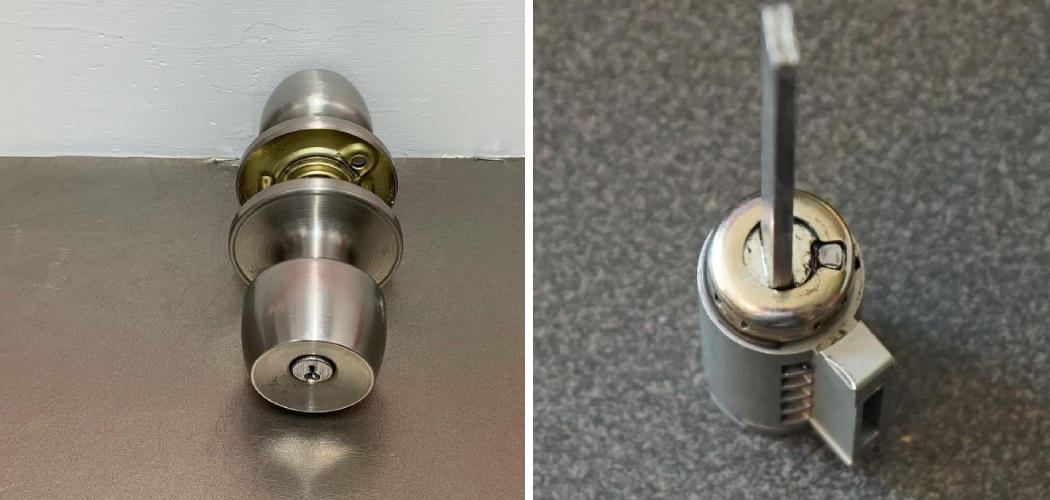Defiant locks are a popular choice for residential properties due to their affordability, reliability, and ease of use. These locks provide homeowners with a dependable layer of security, making them a common feature on doors throughout neighborhoods. Over time, various situations may arise that necessitate rekeying a lock, such as losing your keys, upgrading your home’s security, or moving into a new residence where others might still have access. Rekeying a lock offers a cost-effective solution that enhances safety without requiring complete lock replacement.

This article aims to provide a comprehensive step-by-step guide on how to rekey Defiant lock systems safely and efficiently, empowering homeowners to secure their properties with confidence.
Understanding Defiant Locks
Types of Defiant Locks
Defiant locks are a popular choice for residential security due to their affordability and reliability. Common models include deadbolts, knob locks, and lever handles. Deadbolts are highly valued for their strength and resistance to forced entry, making them a primary choice for exterior doors. Knob locks combine convenience and functionality, often used on interior doors or paired with deadbolts for added security.
Lever handle locks, known for their ease of use, are ideal for accessibility, especially in homes with children or elderly individuals. Compared to other brands, Defiant locks offer a solid balance of security and user-friendly rekeying mechanisms, making them a preferred choice for many homeowners.
Basic Components
Understanding the internal components of a Defiant lock provides insight into its functionality. The key cylinder serves as the central part where the key is inserted. Inside the cylinder, small pins and springs work together to match the unique ridges of a key, allowing the lock to turn. The plug, another essential component, connects to the latch mechanism to secure or unlock the door. Each of these parts plays a vital role in the lock’s operation, and familiarity with them is crucial when rekeying.
When to Rekey
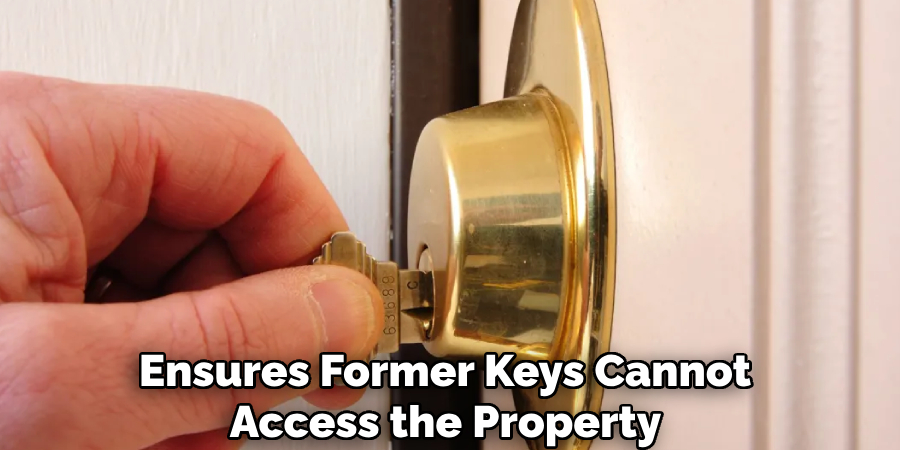
Rekeying a Defiant lock is an efficient solution in several scenarios. For instance, if a key is lost, rekeying ensures former keys cannot access the property. Similarly, homeowners moving into a new residence should rekey to prevent access by previous tenants. Upgrading security systems or responding to potential key duplication are other situations where rekeying is preferable. Unlike replacing an entire lock, rekeying is cost-effective and maintains the existing hardware, making it the ideal option for many security upgrades.
Tools Needed for Rekeying a Defiant Lock
Rekeying a Defiant lock requires the right tools for a smooth and efficient process. Essential tools include a rekeying kit that is specific to Defiant locks or a universal kit. These kits contain the necessary pins and materials for rekeying. Additionally, you will need screwdrivers to remove and reinstall the lock, tweezers for handling small pins, a key gauge to measure the key depth, a plug follower to maintain alignment during lock disassembly, and new keys for the reconfigured lock.
Optional tools can further simplify the process and enhance accuracy. A lubrication spray may be helpful to ensure the lock mechanism operates smoothly, a small hammer can assist in gentle adjustments, and a magnifying glass helps work with tiny components. With these tools, rekeying a Defiant lock becomes a straightforward and manageable task, perfect for enhancing security.
Preparing to Rekey the Lock
Removing the Lock from the Door
To safely remove the lock from the door without causing damage, begin by unscrewing the mounting screws on the interior side of the door. Hold the exterior side of the lock securely to prevent it from falling as you remove the screws. Once the screws are removed, gently pull both the interior and exterior sides of the lock away from the door. Remove the latch mechanism by unscrewing and sliding it out of the edge of the door. Be cautious throughout this process to avoid scratching the door or damaging the lock components.
Disassembling the Lock Cylinder
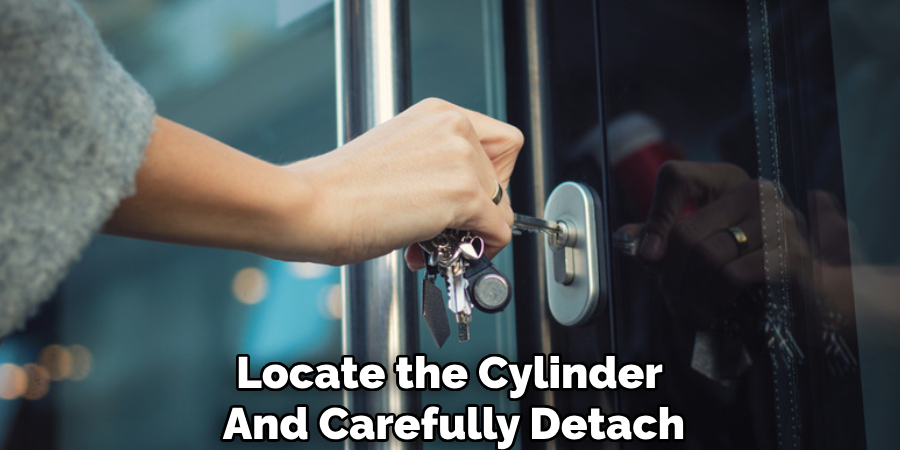
After removing the lock, locate the cylinder and carefully detach it from the housing. Many Defiant locks have a retaining clip that secures the cylinder in place; use a removal tool or a small screwdriver to lift and slide the clip off. With the clip removed, gently push the plug out of the cylinder while maintaining alignment with a follower tool. This exposes the plug and pins inside the cylinder, making them accessible for rekeying.
Organizing Pins and Components
To prevent confusion during reassembly, lay out a clean, flat workspace and arrange the lock components systematically. A tray or small containers separate and organize the pins, springs, and other small parts. Take note of the original pin arrangement or take a photo before rekeying to ensure accurate reconfiguration. This organizational step saves time later and prevents accidentally misplacing parts.
How to Rekey Defiant Lock: Step-by-Step Rekeying Process
Removing the Old Pins
To begin the rekeying process, use a plug follower to extract the plug from the lock cylinder without losing control of the pins and springs inside. Carefully insert the plug follower behind the plug to maintain tension and prevent the internal components from falling out. Once the plug is removed, set it aside and begin extracting the old pins. Use tweezers to remove each pin from the plug gently, ensuring no springs are lost or displaced during this step. Keep the old pins in a separate container or discard them if they are no longer needed.
Selecting New Pins

Next, match the new pins to the new key using a key gauge. A key gauge is a tool designed to measure the correct pin size corresponding to each cut on the key. Place the new key on the gauge and note the required pin sizes for each position. Select the corresponding pins from the rekeying kit and organize them in the proper sequence to match the cuts on the key. Ensuring accuracy during this step is crucial for the proper functionality of the lock with the new key.
Inserting New Pins
Insert each pin into the appropriate chamber inside the plug with the new pins prepared. Place the pins carefully, ensuring the flat side of each pin faces outward while the pointed side aligns with the key cuts. Test the new key by inserting it into the plug. When the key is fully inserted, the pins should align flush with the surface of the plug. If you notice misalignment, double-check the pin sizes and rearrange them as needed.
Reassembling the Lock Cylinder
Reinsert the plug into the cylinder once the new pins are correctly installed. Use the plug follower to guide the plug back into place carefully, ensuring all springs and other components remain in their proper positions. After securing the plug, test the new key by turning it in the lock multiple times to ensure smooth operation. If the lock functions correctly, fully reinstall the cylinder into its original housing.
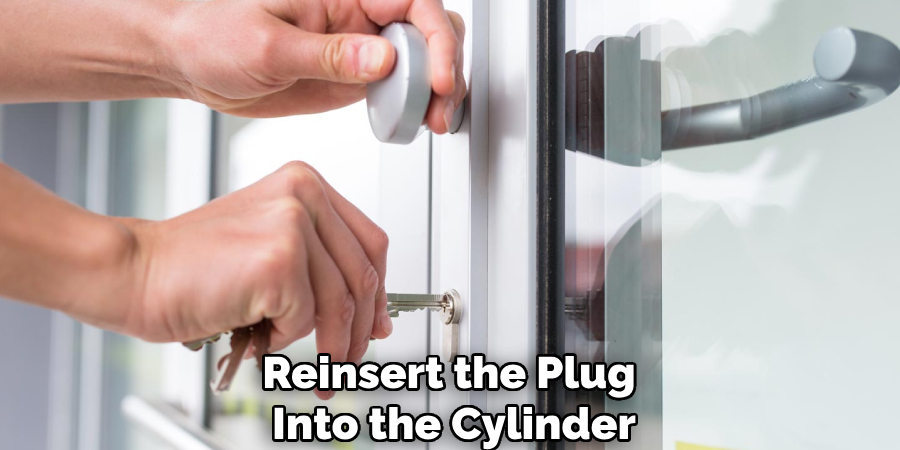
Reinstalling the Rekeyed Lock
Step-by-Step Guide
- Position the Lock Cylinder: Slide the rekeyed cylinder back into the lock housing, ensuring it aligns properly with the internal mechanisms.
- Secure the Cylinder: Fasten the retaining screws to hold the cylinder firmly in place. Check that the screws are tight but avoid overtightening, which could affect the lock’s performance.
- Attach the Lock Components: Reattach the exterior and interior parts of the lock on the door, aligning them carefully with the pre-drilled holes. Insert and tighten all screws to secure the lock firmly to the door.
- Test Lock Functionality: Insert the key into the lock and test it from both sides of the door. Turn the key in both directions to confirm a smooth locking and unlocking motion.
- Adjust if Necessary: If the lock does not function smoothly, check the alignment and make adjustments as needed.
- Final Check: Ensure all screws are tight and the lock operates correctly before considering the installation complete.
Troubleshooting Common Issues
Key Not Turning Smoothly
If the key does not turn smoothly, it could be due to pin misalignment, debris inside the lock cylinder, or incorrect pin sizes. Disassemble the lock and inspect the pins for proper alignment to resolve this issue. Clean out any dirt or debris using lock lubricant or compressed air. If the issue persists, check that the pins used during assembly match the lock’s required sizes.
Lock Cylinder Not Reassembling Properly
Reassembling a lock cylinder can sometimes lead to misplaced pins or problems caused by a plug follower mishap. To avoid such issues, ensure the plug follower stays flush against the cylinder when replacing the plug. Handle all pins and springs carefully to prevent losing or misplacing them. If needed, work on a flat, well-lit surface to keep track of all small components.
Lock Jamming After Installation
If the lock jams after installation, it might be due to improper door alignment, issues with the strike plate, or problems within the lock mechanism itself. Verify that the door is properly aligned within its frame and that the strike plate is positioned correctly. Also, ensure the lock mechanism is securely installed and free of obstructions. Adjust as necessary to ensure smooth operation.
Tips for Maintaining Your Rekeyed Defiant Lock
Proper maintenance of your rekeyed Defiant lock ensures its longevity and reliable performance. Regularly lubricate the lock cylinder with a non-greasy, graphite-based lubricant to prevent sticking and reduce wear. Clean the lock periodically by wiping it with a soft, damp cloth to remove dirt and debris that could hinder its operation. Avoid using excessive force when turning the key, as this can damage internal components or bend the key itself.
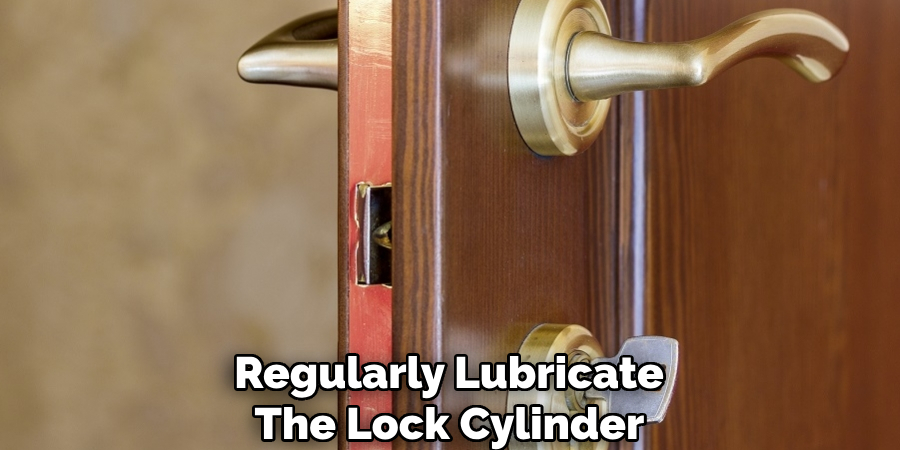
If you experience persistent issues, such as a key not fully turning or difficulty locking and unlocking, it may be time to call a professional locksmith. They can assess the situation, make necessary repairs, or rekey the lock again if required. These preventative measures will help your lock function smoothly for years.
Conclusion
Rekeying your lock is a practical and cost-effective way to enhance your home’s security and convenience. By following the detailed steps outlined in this guide on “how to rekey defiant lock,” you can ensure a smooth and successful rekeying process. Rekeying eliminates the need for full lock replacement, saving you both time and money while maintaining safety.
Remember to handle the tools and components carefully to avoid damage. With proper attention to detail and regular maintenance, your rekeyed lock will continue to function efficiently, providing you with peace of mind and secure access to your property.

